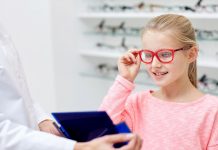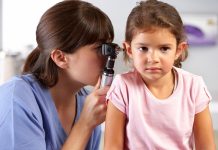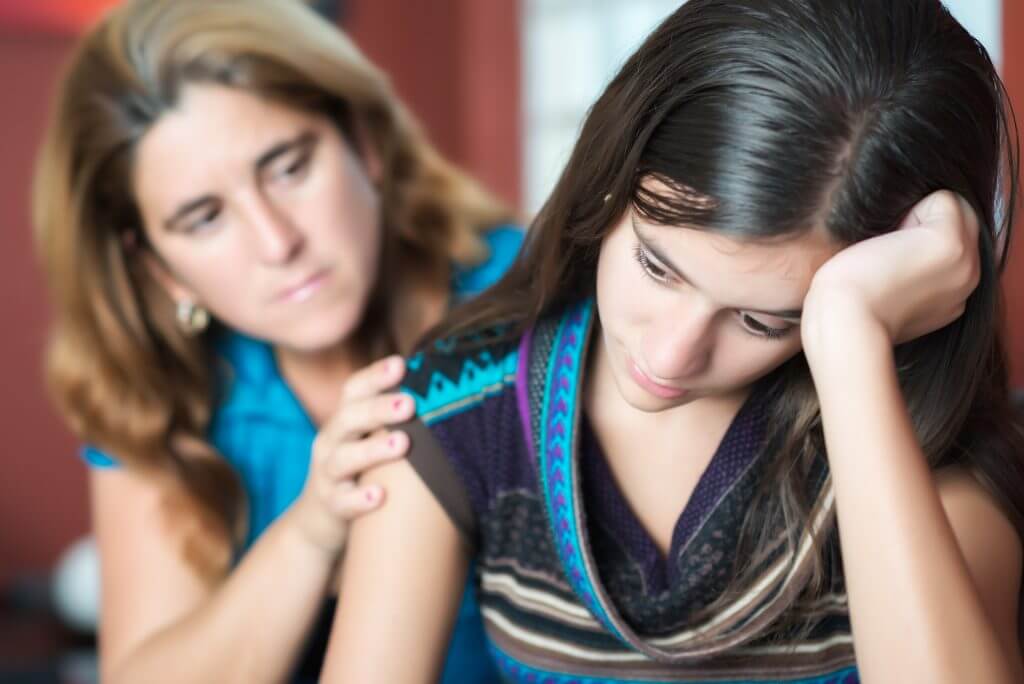As a pediatric plastic surgeon, some of the most common conditions that I treat are congenital craniofacial conditions including cleft lip and/or cleft palate, craniosynostosis and protruding ears. Approximately 1 in 800 babies are born with cleft lip and palate, yet despite the ubiquity of these conditions, they’re very rarely talked about in the mainstream beyond medical mission trips. But why is that, and what can we do to change it?
One reason is that there’s often stigma or shame around physical birth deformities. Many people associate cleft lip and cleft palate with organizations like Operation Smile or Smile Train, and when doing so, photos of untreated children with clefts in developing countries comes to mind. Clefts aren’t something that one immediately associates with a country as developed as ours. For some reason, it is assumed we are fairly immune from these anomalies in the US. What people don’t realize, however, is that the reason we aren’t as aware of these conditions in children and adults in the US is because of how early we treat these children. In fact, you probably meet people every day who were born with a craniofacial condition, but you would never know it.
Things You Should Know about Craniofacial Conditions
In my discussions with some expecting parents, I’ve found that there’s a frequent lack of education and information out there around this topic. Many parents fear that their child’s craniofacial condition may lead to developmental delays or disabilities, but the reality is that the vast majority of these children are otherwise healthy kids, who will live a full, normal life. On occasion, expecting parents’ concerns and fears are so strong that they are considering terminating the pregnancy. It is so critical that medical providers help these parents to fully understand the diagnosis of their child, their prognosis, and expectations after birth and into childhood. This information needs to become more readily available.
I also encounter some parents that do not want to discuss their child’s craniofacial condition before, during, or even after it’s been treated. Any congenital diagnosis is stressful for a parent, no matter how routine the treatment options may be. Having parents talk about their journey openly can make a world of difference to assuage another parent’s worries. The “It takes a village” maxim really applies here, and I believe that parents can help one another by being honest and open about their experiences. I have so many wonderful, giving parents in my practice, who are happy and willing to share their experiences with new parents. I am always so grateful for their generosity.
We all know that being seen by oneself or by others as “different” (especially in the tender childhood and adolescent years) can lead to issues like low self-esteem, social isolation or bullying. In my work with the Child Abuse Prevention Services, I have seen the negative impact that bullying can have on families – not just the kids. Demystifying differences and teaching our kids that people come in all shapes, sizes and colors, can go a long way in preventing these issues from affecting our children. Sharing our experiences and truly understanding these conditions is a significant step in the right direction.
Dr. Rachel A. Ruotolo is an award-winning board-certified plastic surgeon specializing in pediatric craniofacial surgery. As a partner at the Long Island Plastic Surgical Group, the largest and longest-running private plastic surgery practice in the United States, she treats patients with conditions such as cleft lip and palate, protruding ears, fused digits, and craniosynostosis. Dr. Ruotolo also specializes in facial trauma in children and adults. Dr. Ruotolo’s mission to help children also extends outside of the medical field, as she serves on the board of Child Abuse Prevention Services, Long Island’s leading non-profit resource on the prevention of child abuse and neglect. She is a graduate of Duke University and the George Washington School of Medicine, where she graduated with distinction.













